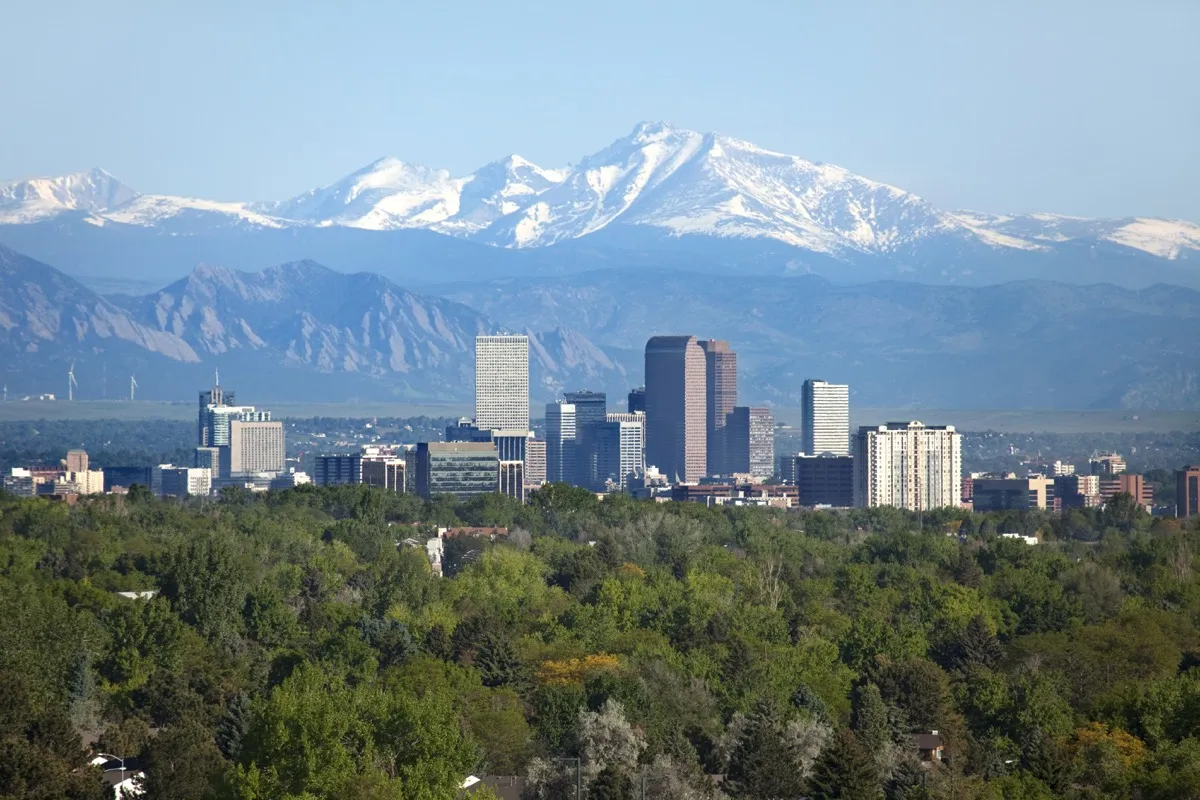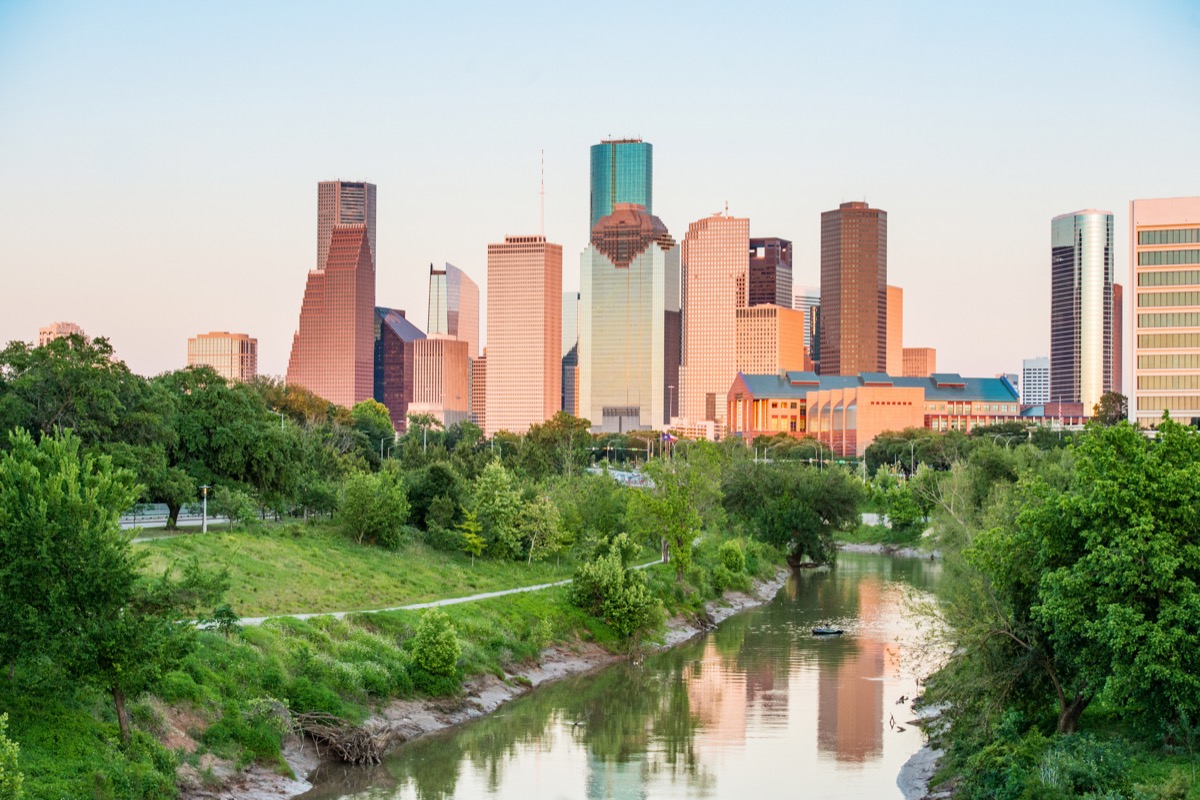A study published on April 4 in the Environmental Pollution journal studied the effects of air pollutants on COVID-19 in Northern Italy, one of the hardest hit areas with high levels of coronavirus fatalities. This region also happens to be one of Europe’s most polluted areas, which the study determined should be considered a co-factor for the high number of COVID-19 deaths in the region, as “people living in an area with high levels of pollutant are more prone to develop chronic respiratory conditions.” With the knowledge that air pollutants can increase the risk of coronavirus and the fact that wildfires produce more air pollutants, living in a state that has wildfires may be more risky during the COVID-19 pandemic. Using data from the National Interagency Fire Center (NIFC), we compiled a list of the states that are currently facing wildfires within the United States to determine which states may put someone at a higher risk for coronavirus. And for more states that may increase your risk, check out these 5 States That Are “Losing Control” of Coronavirus, Doctor Says.ae0fcc31ae342fd3a1346ebb1f342fcb According to the NIFC, Alaska currently has the most wildfires in the country with 17 wildfires reported—and none of them have been contained yet. However, this is no surprise. The Insurance Information Institute (I.I.I.) ranked Alaska as first in the country for number of acres burned by wildfires in 2019 at 2,498,159 acres. And for more high-risk areas, These 4 States Need to Go Back into Lockdown Now, Virologist Says. Arizona has the second-highest number of wildfires in the country currently, with six that have not been contained, per the NIFC. The I.I.I. reported that Arizona had nearly 2,000 wildfires in 2019, burning the second-highest number of acres at 384,942 acres. California has made headlines for the state’s devastating wildfires, especially when wildfires rampaged homes in Los Angeles at the end of 2018, burning down celebrity houses including those of Miley Cyrus, Gerard Butler, and nearly Kim Kardashian’s. According to the NIFC, California currently has two raging wildfires, and two that have recently been contained in Santa Barbara and Ventura counties. And for more things that may heighten your risk, If You’re Over This Age, Your Coronavirus Risk Doubles. The NIFC reports that Colorado currently has two wildfires raging in the state, and one recently contained. For the I.I.I., Colorado ranks third on their list for top states at high to extreme wildfire risk, based on information from 2019. Montana’s high to extreme wildfire risk topped the I.I.I.’s rank last year as they had 29 percent of their properties at risk. For comparison, the next highest states, Idaho and Colorado, only had 26 and 17 percent at risk, respectively. Currently, the NIFC reports that the state has two wildfires raging near Ashland and Helena, Colorado. And for more about your state and the pandemic, This Is When You’ll Know Your State Has Coronavirus Under Control. New Mexico has two current wildfires both in the Gila National Forest near Silver City, according to the NIFC. A statewide health alert was issued on June 18 because of smoke across the state. The I.I.I. reported that last year, New Mexico had almost 860 wildfires that burned more than 82,200 acres of land. In 2019, Oklahoma had more than 1,000 wildfires, per the I.I.I. This year, the NIFC reports that the state has had four recent wildfires, with two still spreading and two having been contained. The NIFC reports that Texas currently has two wildfires raging near San Angelo. The state also had a wildfire near Ballinger, but it has been recently contained. Other than California, which had more than 8,000 wildfires last year, Texas had the most wildfires in the country in 2019 with almost 6,900 wildfires, according to the I.I.I. Wyoming has had three recent wildfires, per the NIFC. Two are currently still spreading, while one has been recently contained. Fire restrictions went into effect in Johnson County, Wyoming, on June 18, because the dry conditions and high fire danger in the state could contribute to more wildfires. And for more up-to-date information, sign up for our daily newsletter.








